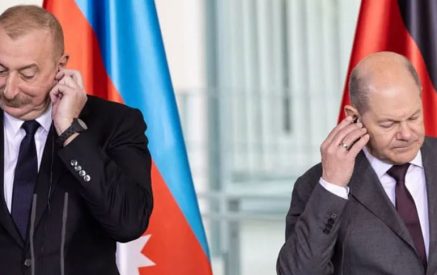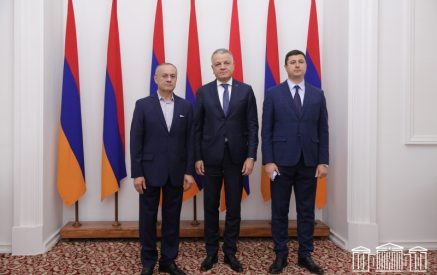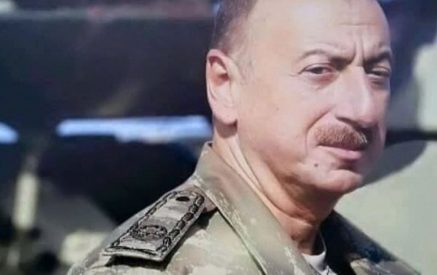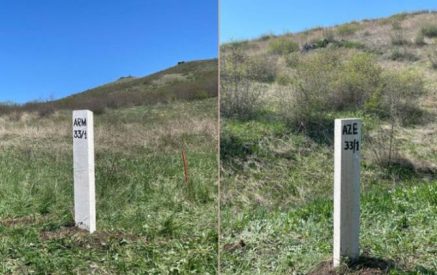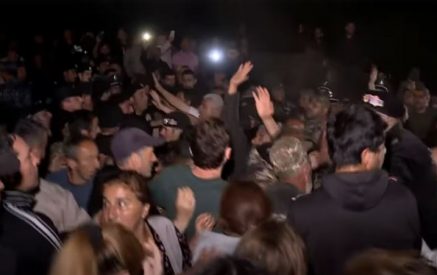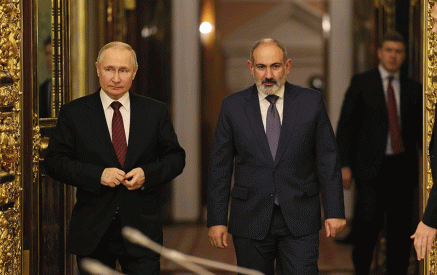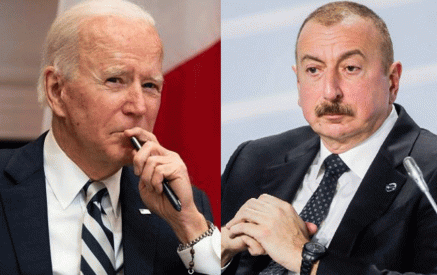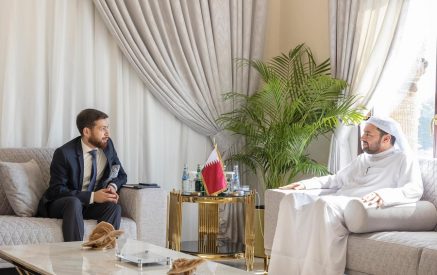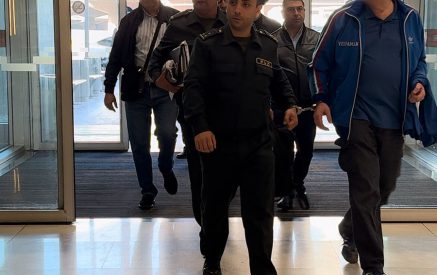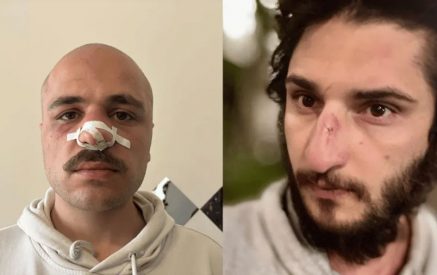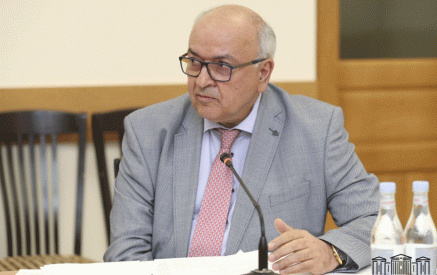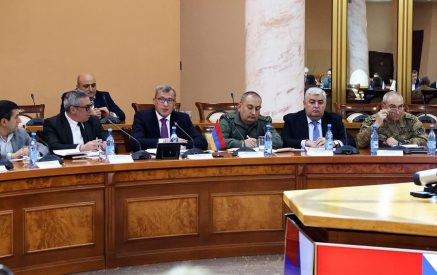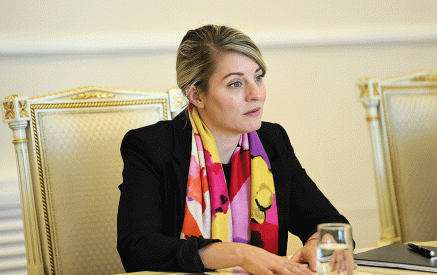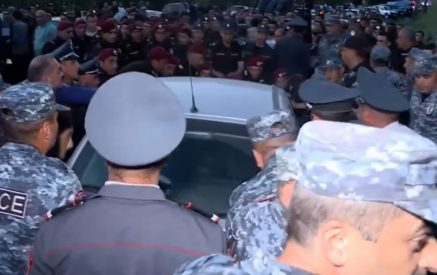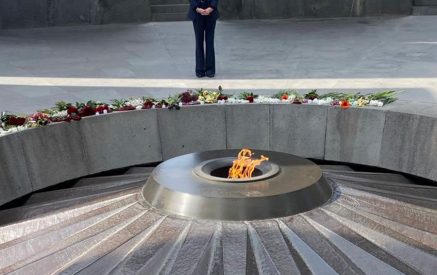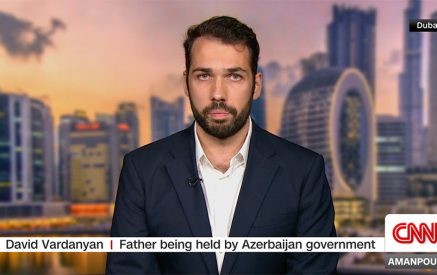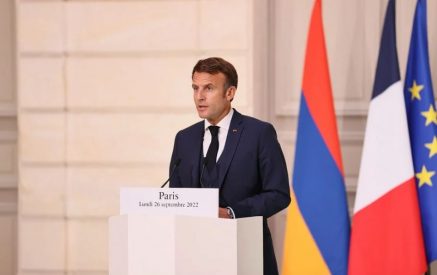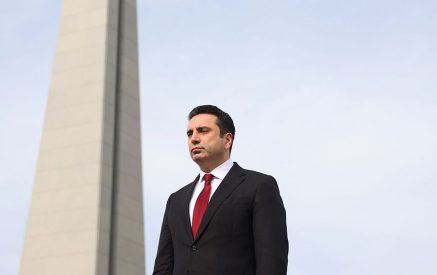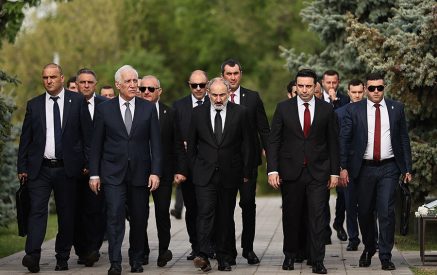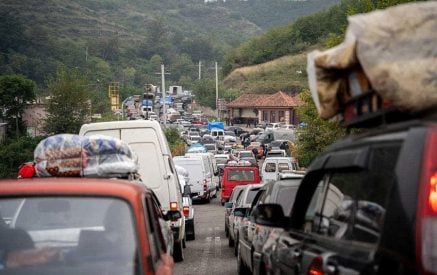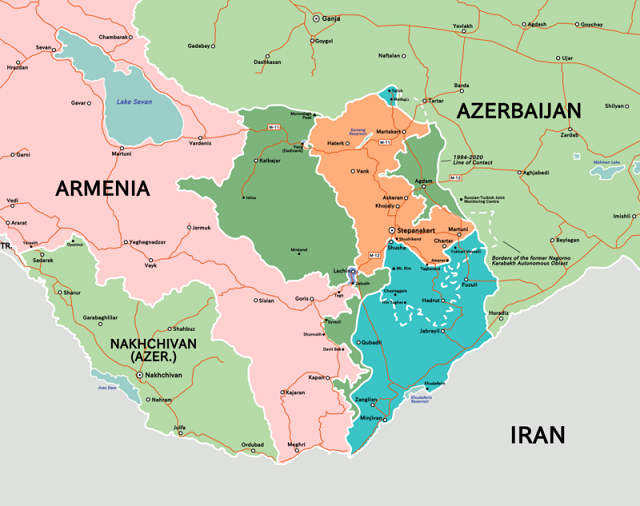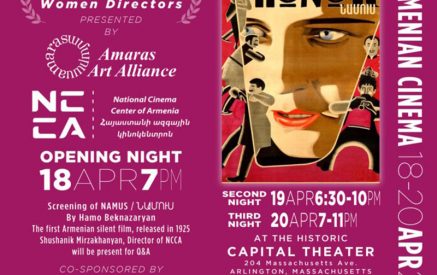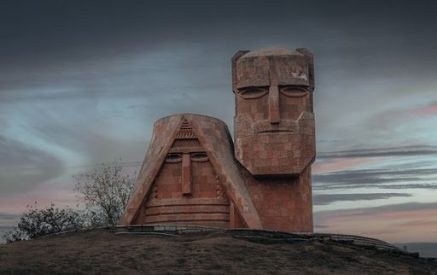The last few weeks left many Armenian Americans taken aback as a number of American cities adopted resolutions commemorating the deaths of Khojaly Azerbaijanis on February 25-26, 1992 at the hands of Armenians. Several of the resolutions, such as that of Skokie, Illinois, termed the incident a “genocidal act” or, as those of the mayors of Portland, Maine, and Hallandale Beach, Florida, and, initially, of the governor of Minnesota, outright “genocide.”
In the cities of Boston and Aventura and Sunny Ayles Beach, Florida, the proclamations were more circumspect and used the word massacre. Often the proclamations assert Azerbaijani claims to the Armenian-populated territories of Nagorno Karabakh and appear part of an orchestrated political campaign supported by the Azerbaijani government.
Read also
Yet these proclamations should not have been that much of a surprise. There have been similar resolutions, with varying wordings, sporadically issued by various US governmental bodies on the state and local level, for over a decade. Most of the places issuing these resolutions do not have large Armenian populations, with the exception of Boston, but even there, in 2010, the Massachusetts House of Representatives had issued a similar proclamation. Many of the prior resolutions are connected to junkets, campaign contributions and other sorts of bribes given to American politicians by individuals or groups connected to the Azerbaijani government or oil companies doing business in Azerbaijan.
The Khojaly event itself is a tragedy, however we understand it, because of the deaths of a good number of people. There is evidence, including Markar Melkonian’s brief description in his biography of his brother, Monte, that Armenian soldiers killed at least over one hundred, and possibly hundreds of Azerbaijanis and Meskhetian Turks. However, the circumstances of the shootings remain disputed, with Armenians stating that Azerbaijani soldiers took advantage of a corridor allowed for fleeing civilians and endangered the lives of those fleeing, while Azerbaijani ex-president Ayaz Mutalibov claimed the massacre was organized by his Azerbaijani political opponents to discredit him. Furthermore, there is some testimony and visual evidence of mutilation to corpses occurring after they already were on Azerbaijani territory.
In any case, it is clear by both the numbers and context that this was not a case of genocide. Khojaly also has to be understood alongside the series of pogroms or massacres of Armenians that began in Sumgait, Azerbaijan, in 1988, and continued in Kirovabad (Ganja) the same year, Baku, 1990, Maragha, Karabakh, in April 1992, and constant bombardments of Stepanakert and other civilian targets. That is of course aside from various brutal individual acts of violence and massacres by both sides throughout the first Karabakh war in the 1990s, itself an attempt by local Armenians to escape oppression extending over decades if not longer, and claim their political rights. That conflict turned into a war due to the violence of the Azerbaijani reaction both at the end of the Soviet Union and the beginning of an independent Republic of Azerbaijan.
The politicization of the Khojaly killings this year appears more striking because of the recent Karabakh war. Defeats leading to a supine Armenian leadership make broader Azerbaijani territorial claims to not only the remainder of Armenian-controlled Artsakh but to the territories of the Republic of Armenia, even to Yerevan, more menacing. More immediately, Azerbaijan seems to be expanding its control of territories on the borders of Armenia proper, while Armenian churches in Artsakh are being claimed as Caucasian Albanian.
Lobbying in the US and internationally paid for by the Azerbaijani government intensified during last year’s war. The Azerbaijani and Turkish diasporas, perhaps with the help of their governments, have been much more publicly active recently than in the past. Billboard ads were bought by an organization of Turkish-American businessmen and industrialists in Philadelphia this February calling into question the peaceful intentions of Armenians. In parallel, articles with similar motifs appeared in American news outlets over the past few months. Meanwhile, recently poster ads appeared at bus stops in Washington D.C. calling Khojaly the largest massacre of Azerbaijani civilians.
Conflicts are occurring not only in the political realm and the media, but in the arts and architecture. For example, the Berlin International Film Festival was accused of promoting “anti-Azerbaijani propaganda” by screening “Black Bach Artsakh,” a film on the Karabakh conflict. The original description of the film by its makers described the 1990s conflict as “a struggle for liberation and self-determination,” and the recent 2020 war as an “invasion by Azerbaijan’s dictator.” The festival announced on March 2 that it would write its own description but defended its inclusion in the program.
On the other hand, according to Turkish government news reports, Turkey and Azerbaijan will co-produce movies and television series on the Khojaly massacre, as well as on the “liberation” of Baku in 1918 by the Ottoman Islamic Army of the Caucasus.
Somehow even the beloved game show “Jeopardy!” became ensnared in this media battle this month with a clue implying negative connotations about the Artsakh independence struggle.
In various parts of the United States, Europe and Russia, clashes sometimes ended in violence between Armenians and Azerbaijanis last year. For the first time, in places like Boston, even Armenian restaurants were harassed. During the summer 2020 attacks on Armenia’s border, Armenian demonstrations were countered by Azerbaijani ones in Boston. Armenian institutions were defaced in the San Francisco area, while clashes between Armenians and Azerbaijanis took place in Los Angeles.
The danger in this heated atmosphere is that Armenians and Azerbaijanis will keep sponsoring their respective resolutions and this may create in the eyes of the less informed a false equivalency between the Armenian Genocide and the Khojaly massacre. It may also seem like a tit-for-tat situation, even with the Sumgait, Baku and other pogroms.
Providing context is always more difficult that presenting simple slogans or proclamations. Unfortunately, this places a burden on Armenians in the diaspora to constantly clearly explain various aspects of Armenian history, but this is not something new. This was the case from the late 19th century on.
Over the decades, Armenian Americans have bewailed the lack of think tanks or media centers which could deal with such issues. Academics are called upon to enter the fray. Ideally, there should be such independent centers as well as increased resources placed into Armenian studies both in and outside universities.
However, the technological revolution in recent decades allowing easy access to social media and to more information makes it possible for every individual to play a part, more easily than in the past when letters to congressmen or visits to political representatives took much more effort.
One positive lesson from the current situation is that if Armenians and their supporters remain alert, they still can have their voices heard and counter political distortions. The “Jeopardy!” show representative declared that it did not mean to imply that Armenian policy is actually irredentist, or that irredentism is necessarily something to be condemned. The Philadelphia freeway billboard was removed by the billboard company, most likely in response to Armenian complaints. The Washington D. C. bus stop posters also disappeared after two days, possibly for the same reason.
The governor of Minnesota, Tim Walz, withdrew the initial version of the proclamation characterizing Khojaly as genocide after representatives of the local Armenian community, including pastor Fr. Tadeos Barseghyan and the parish council of St. Sahag Armenian Church of Saint Paul, with support from the Armenian Assembly of America, took swift action. Instead, an anodyne proclamation calling February 25 Azerbaijani Day, was issued without any mention at all of Khojaly.
Kate Snyder, the mayor of Portland, apologized to Armenians for the pain she caused by her proclamation and promised to more carefully review requests for proclamations in the future. The chief communications officer of the mayor of Boston similarly apologized, in a statement given to the Mirror-Spectator, and then Mayor Walsh himself set things straight through a meeting and an apologetic letter addressed to the Armenian community, strengthening his relations with the latter in a positive manner.
Ideally, local Armenians should contact the authorities of Skokie and the three aforementioned cities in Florida about their proclamations in the same fashion as elsewhere.
The several examples of successful action given above indicate that government-sponsored campaigns by apparently only small numbers of Azerbaijanis in most locales can be countered by the Armenian-American community with a little vigilance and effort. Ideally, Armenians should be proactive with their government representatives and local and state officials, keeping them informed as individual constituents as well as through their local community organizations and advocacy groups. Individual voices still can make a difference in the US, and even more so when working together as part of organizations and communities.
Photo Caption: Map courtesy Wikimedia Commons

